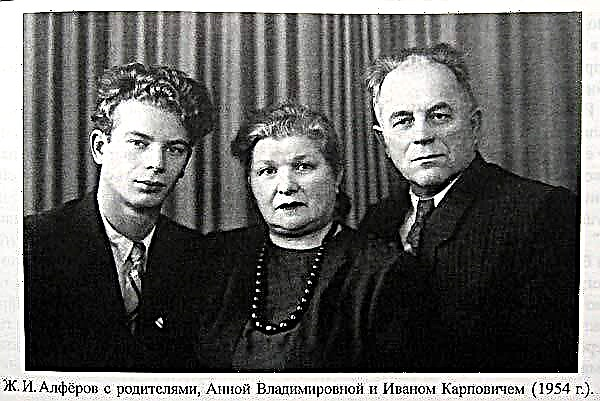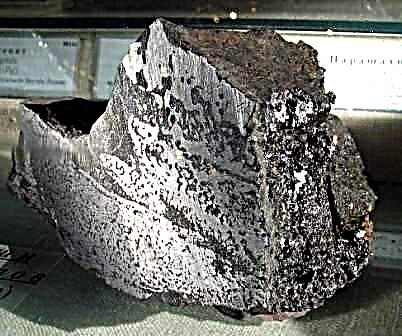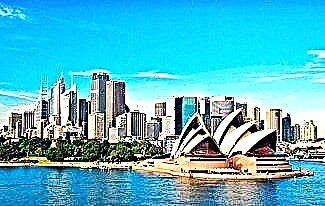Battle on the Ice or battle on Lake Peipsi - the battle that took place on the ice of Lake Peipsi on April 5 (April 12) 1242 with the participation of Izhora, Novgorodians and Vladimirs, headed by Alexander Nevsky, on the one hand, and the troops of the Livonian Order, on the other.
The Battle on the Ice is one of the most famous battles in Russian history. If Russian troops were defeated in battle, Russian history could have taken a completely different direction.

Preparing for battle
After the Swedes had lost the Battle of the Neva two years earlier, the Crusader Germans began to prepare more seriously for a military campaign. It is worth noting that for this the Teutonic Order has allocated a certain number of soldiers.
4 years before the start of the military campaign, Dietrich von Grüningen was elected Master of the Livonian Order. A number of historians believe that it was he who initiated the campaign against Russia.
Among other things, the crusaders were supported by Pope Gregory 9, who organized a crusade against Finland in 1237. A couple of years later, Gregory 9 called on the Russian princes to show respect to the border orders.
By that time, the Novgorod soldiers already had a successful military experience with the Germans. Alexander Nevsky, understanding the tasks of the crusaders, from 1239 was engaged in strengthening positions along the entire line of the south-western border, but the Swedes raided from the north-west.
After their defeat, Alexander continued to modernize the military fortifications, and also married the daughter of the Polotsk prince, thereby enlisting his support in the upcoming war. In 1240 the crusaders went to Russia, capturing Izborsk, and the next year they laid siege to Pskov.
In March 1242, Alexander Nevsky freed Pskov from the Germans, pushing the enemy back to the Lake Peipsi region. It is there that the legendary battle will take place, which will go down in history under the name - Battle on the Ice.
Battle progress briefly
The first confrontations between the crusaders and Russian troops began in April 1242. The commander of the Germans was Andreas von Velven, who had an army of 11,000 at his disposal. In turn, Alexander had about 16,000 warriors who had much worse weapons.
However, as time will show, excellent ammunition will play a cruel joke with the soldiers of the Livonian Order.
The famous Battle on the Ice took place on April 5, 1242. During the attack, the German troops went to the enemy "pig" - a special battle formation of infantry and cavalry, reminiscent of a blunt wedge. Nevsky ordered to attack the enemy with archers, after which he ordered to attack the flanks of the Germans.

As a result, the crusaders were pushed forward, finding themselves on the ice of Lake Peipsi. When the Germans had to retreat onto the ice, they realized the danger of what was happening, but it was too late. Under the weight of heavy armor, the ice began to crack under the warriors' feet. It is for this reason that this battle became known as the Battle of Ice.
As a result, many Germans drowned in the lake, but still most of Andreas von Velven's army was able to flee. After that, the squad of Nevsky, with relative ease, drove the enemy out of the lands of the Pskov principality.
The result and historical significance of the Battle on the Ice
After a major defeat at Lake Peipsi, representatives of the Livonian and Teutonic Orders concluded a truce with Alexander Nevsky. At the same time, they renounced any claims to the territory of Russia.
An interesting fact is that after 26 years, the Livonian Order will violate the agreement. The Battle of Rakov will take place, in which the Russian soldiers will again win. Soon after the Battle of the Ice, Nevsky, taking advantage of the opportunity, made several successful campaigns against the Lithuanians.
If we consider the battle on Lake Peipsi in historical terms, then the fundamental role of Alexander was that he managed to prevent the offensive of the strongest army of the crusaders. It is interesting to note the opinion of the famous historian Lev Gumilyov regarding this battle.

The man argued that if the Germans were able to occupy Russia, this would lead to the end of its existence, and, consequently, to the end of the future Russia.
An alternative view of the battle on Lake Peipsi
Due to the fact that scientists do not know the exact place of the battle, and also have scant documentary information, 2 alternative opinions were formed regarding the Battle of the Ice in 1242.
- According to one version, the Battle on the Ice never happened at all, and all information about it is an invention of historians who lived at the turn of the 18-19 centuries. In particular, Soloviev, Karamzin and Kostomarov. This opinion is shared by quite a few scientists, since it is very difficult to deny the fact of the Battle on the Ice. This is due to the fact that a brief description of the battle is found in manuscripts dating from the late 13th century, as well as in the annals of the Germans.
- According to another version, the Battle on the Ice was of a much smaller scale, because references to it are very scarce. If armies of many thousands had really come together, the battle would have been described much better. Thus, the confrontation was much more modest.
It is important to note that while authoritative Russian historians deny the first version, they have one significant argument regarding the second: even if the scale of the battle is really exaggerated, this should in no way diminish the Russian victory over the crusaders.
Photo of the Battle on the Ice














